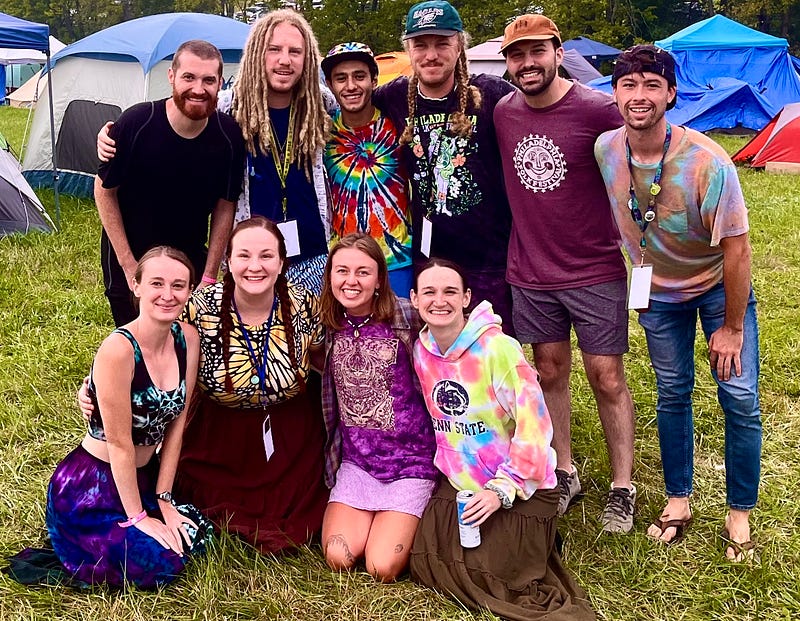Older than Woodstock and the career of Jimi Hendrix, The Philadelphia Folk Festival is the oldest music festival in the entire country. With origins more ancient than even the first whispers of the Flower Power movement, the event’s enduring tenure within the rural hills of Pennsylvania is a testament to the appeal of the lovably eccentric oddities that define the nearly-week-long spectacle.
While its name may suggest otherwise, it isn’t the folk music that most attendees will claim as the biggest draw. Of course, folk music can be found — and in copious quantities. But as time has gone on, demographics have changed and traditional music has fallen out of favor with younger crowds. Now, few genres of music can’t be found emerging from some disparate corner of the campground, whether from a portable speaker or an obscure instrument that only a handful of people on this hemisphere have heard of.
Recent years have seen discussion over the removal of the word “folk” from the festival’s name entirely.
One of the most emblematic aspects of the event is just how little of its allure hinges on the musical lineups each year. It has hosted its share of greats, and most years’ guest lists will feature at least one or two names that listeners are likely to recognize.
But among the elements that distinguish this musical extravaganza the most are its persevering sense of community and the sheer number of attendees who owe their very lives to the festival’s annual occurrence.
Groups of thirty+ people have been establishing makeshift living rooms within the same made-up plots of land for entire decades. They carry in couches, carpets, and every breed of miscellany one could imagine. Some have married and have children fit enough to help lug in equipment and accouterments, and others have children old enough to be raising children of their own.
Adorning the front of each site like the signs on storefronts are the creative monikers that represent the communities housed within. Some signs are styled from luminary letters; others’ emblems are painstakingly etched onto wood before being embroidered, bedazzled, and painted with a level of care and craftsmanship reserved for only the most diligent of artisans. Other tents sport flags and banners that have lingered through whole generations.
Some of the names written on the displays are of dubious origins, and others may be forever lost to the psychedelic sands of time. Some of the aliases are the drunken byproducts of nearly-forgotten nights, and others spawned from the duly deliberated democratic processes of boards full of hippies hashing it out around campfires with notecards and the ticks and tallies of colored pencils.
But it’s the neon bamboo stalks of “Glow Nation” and the radiant light of “Aurora Borealis” that people use as geographic identifiers throughout the meticulously MacGyver’d metropolis. There’s the “Azzoles Country,” “The Fly Folks,” “Tuesdays,” “Club Ned,” “The Kids’ Table,” “The Neighborhood,” “Canada,” and “The Limbo Room.” Directional posts sprout up from the beaten path and attempt to provide some semblance of navigation between sites within the community of tents.
It was on these muddy, hectic, sleepless, chanting, flailing campgrounds that my parents first met.
Keep reading with a 7-day free trial
Subscribe to The Gen Z Report to keep reading this post and get 7 days of free access to the full post archives.


